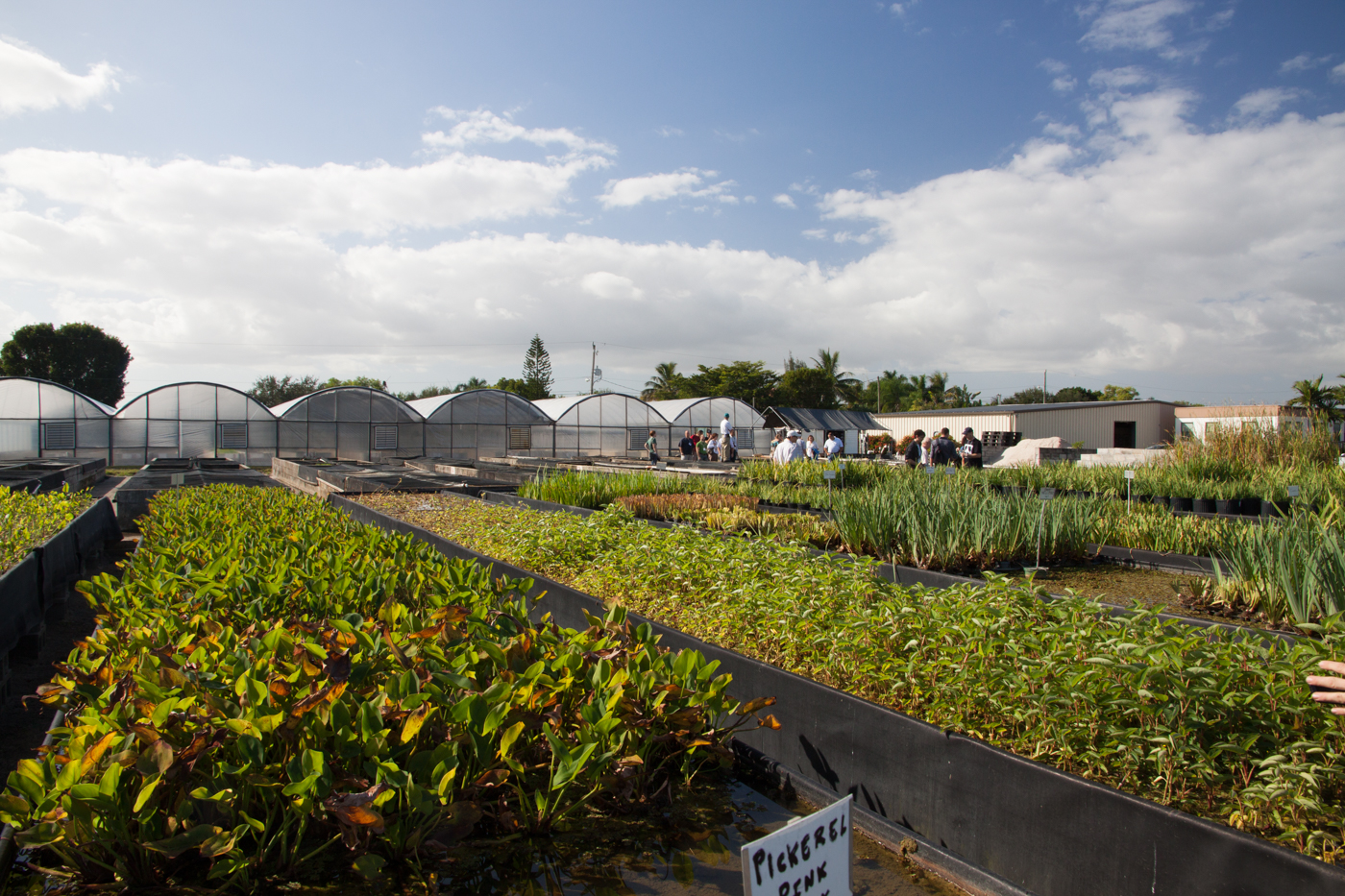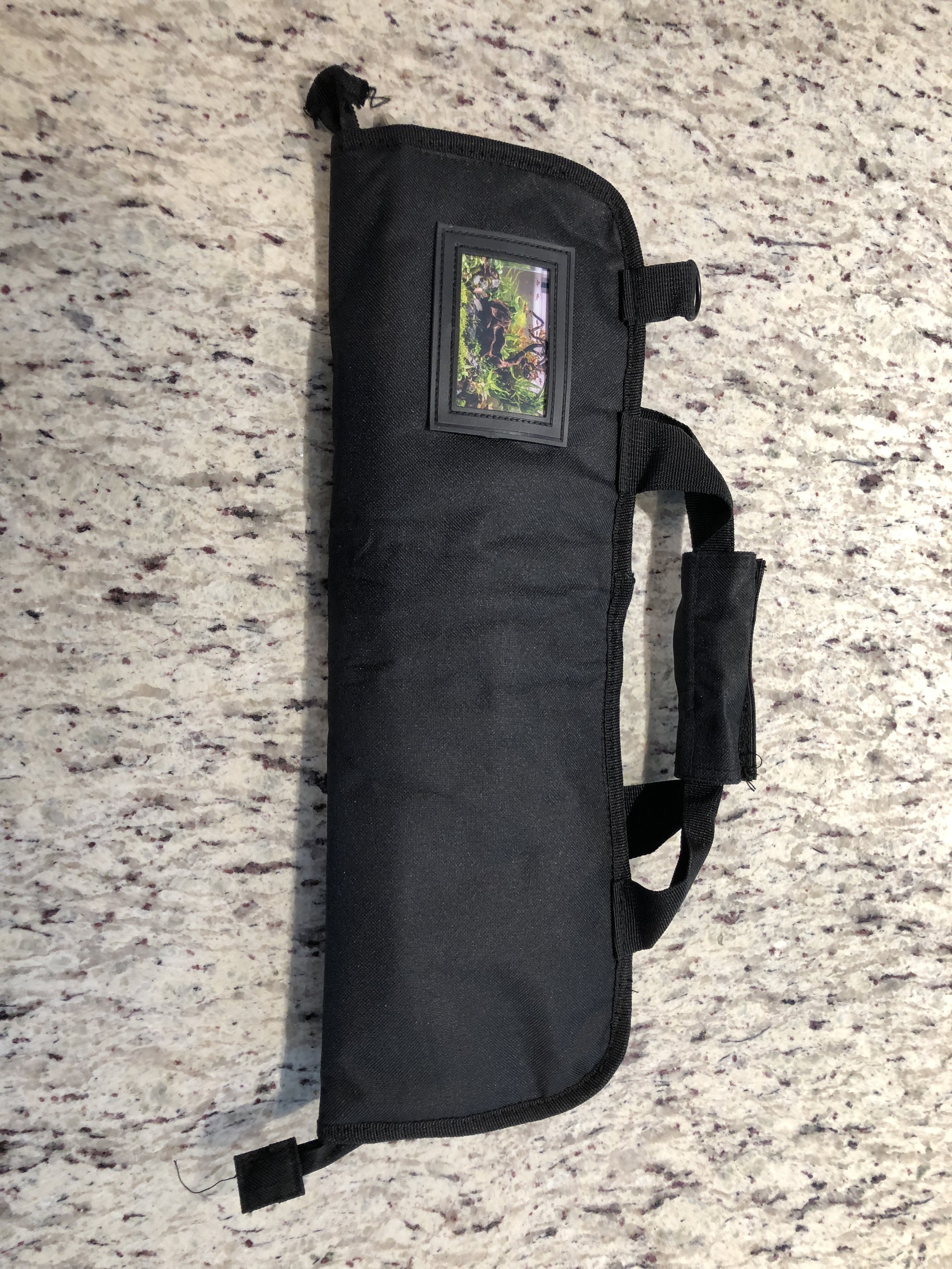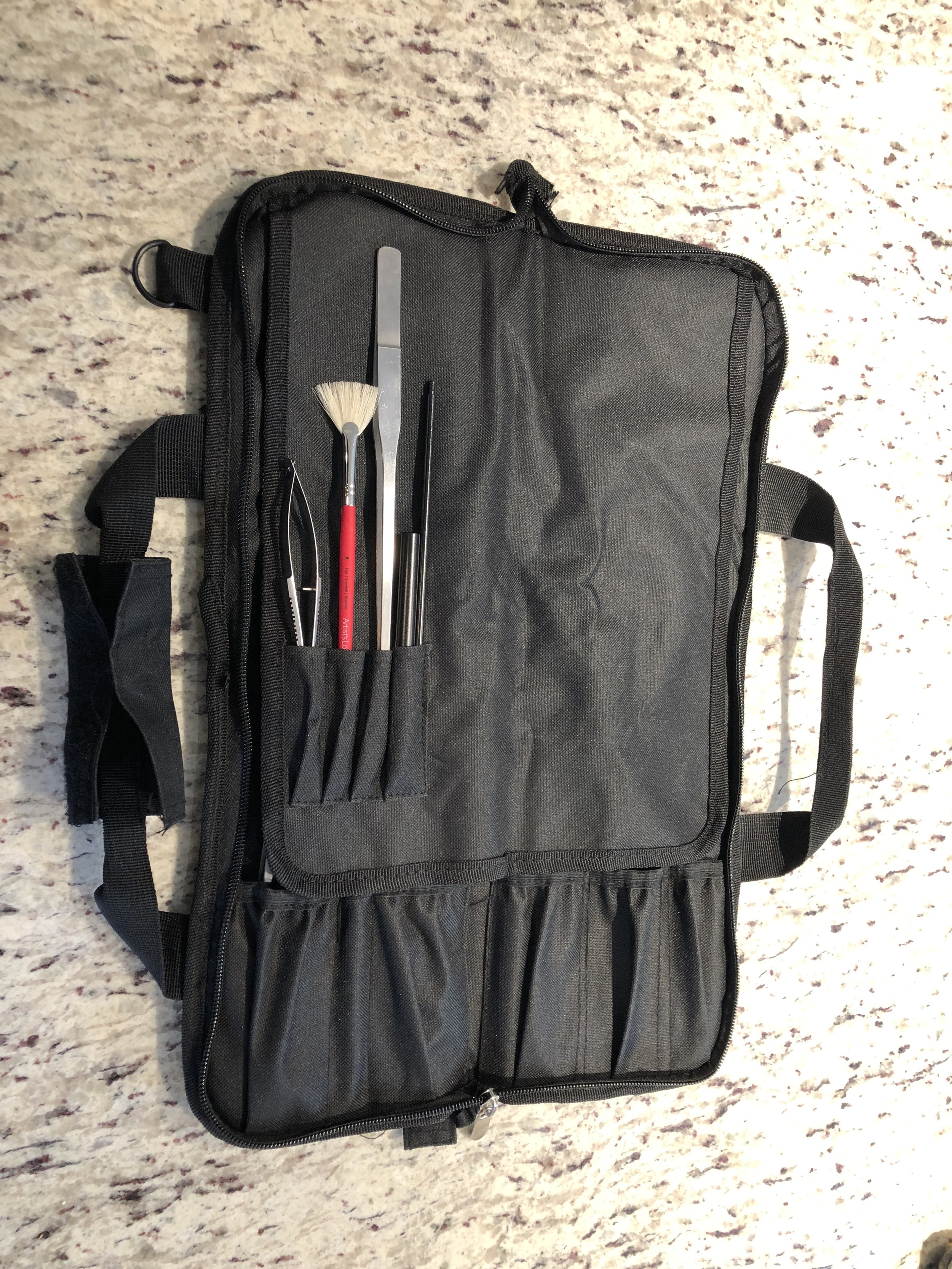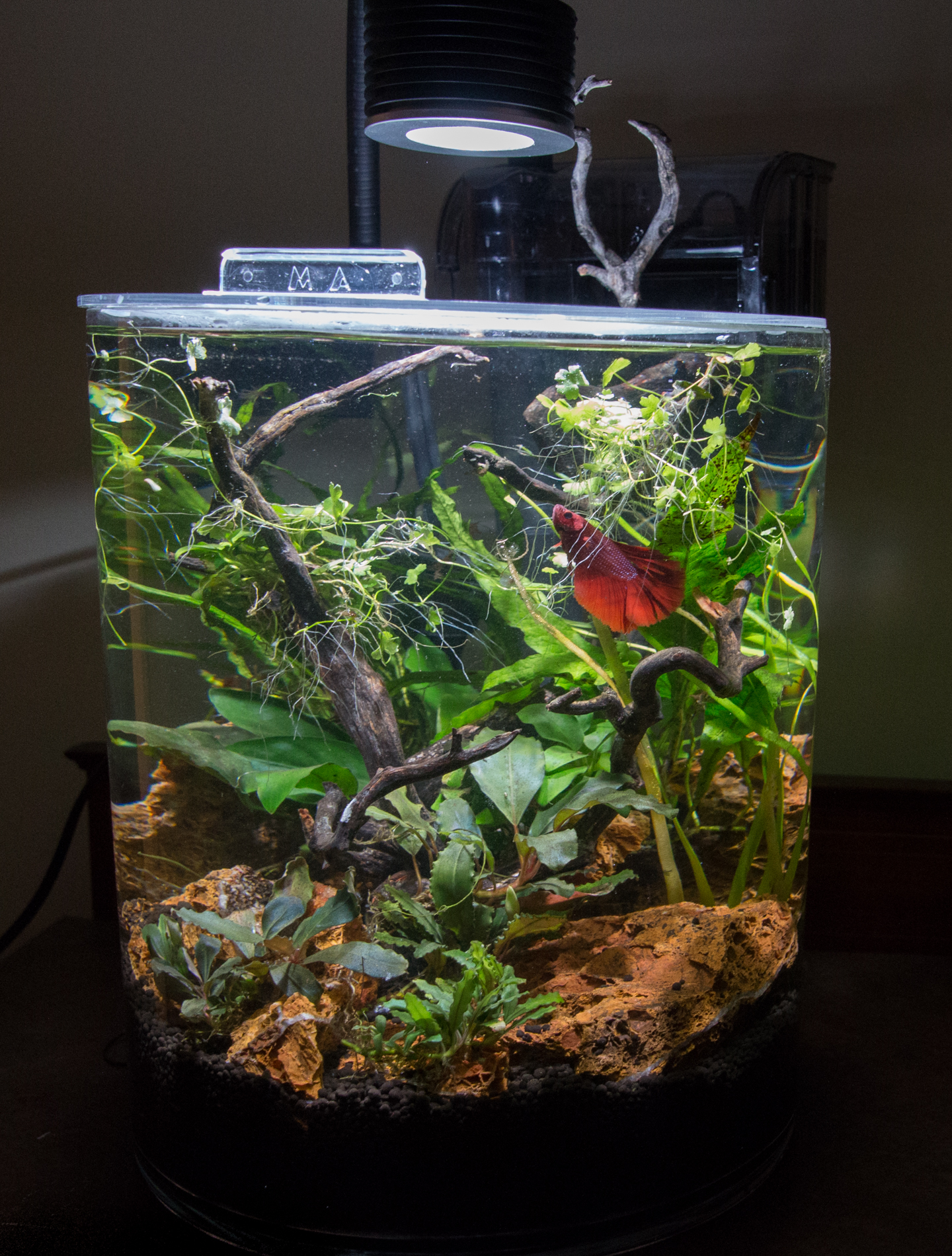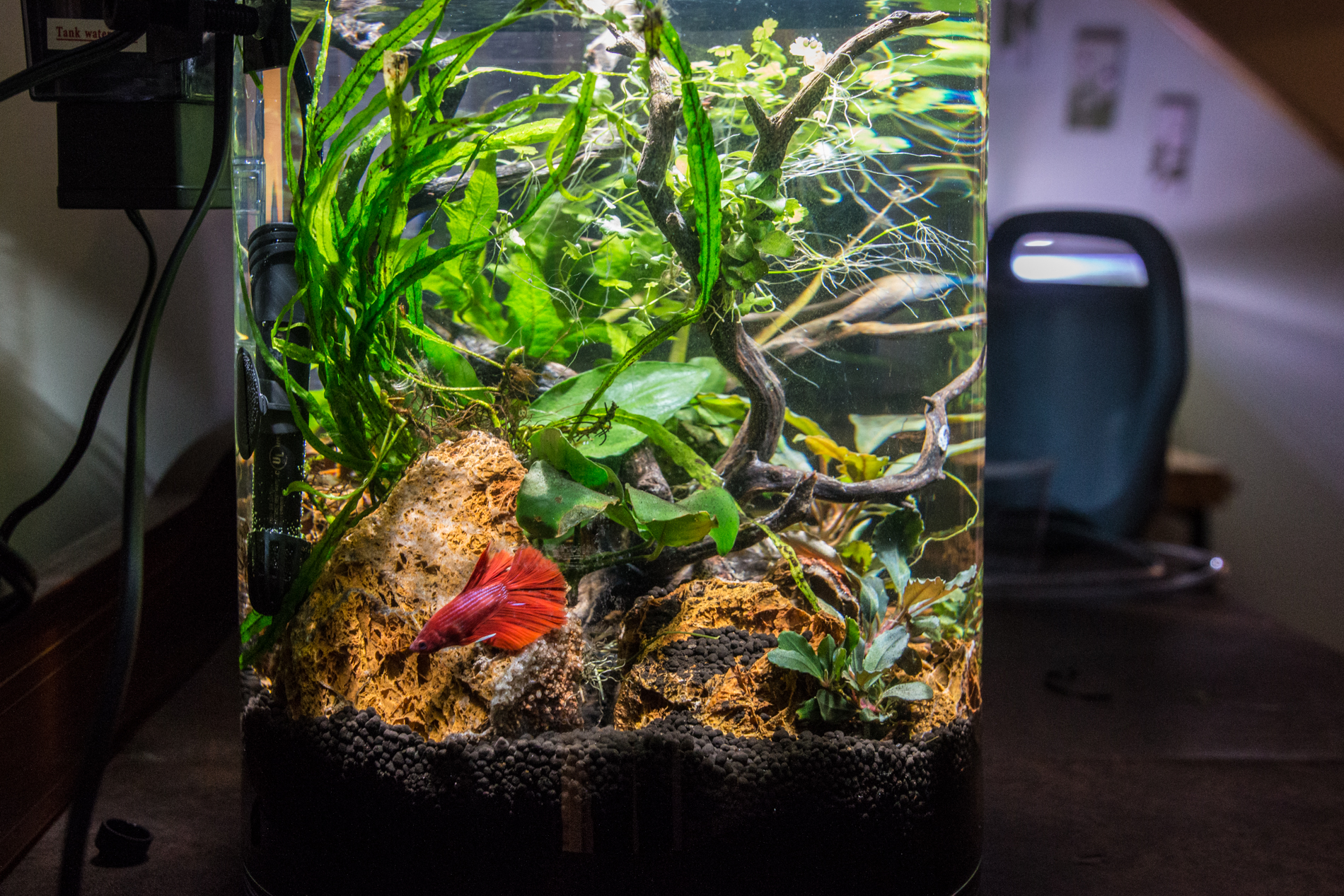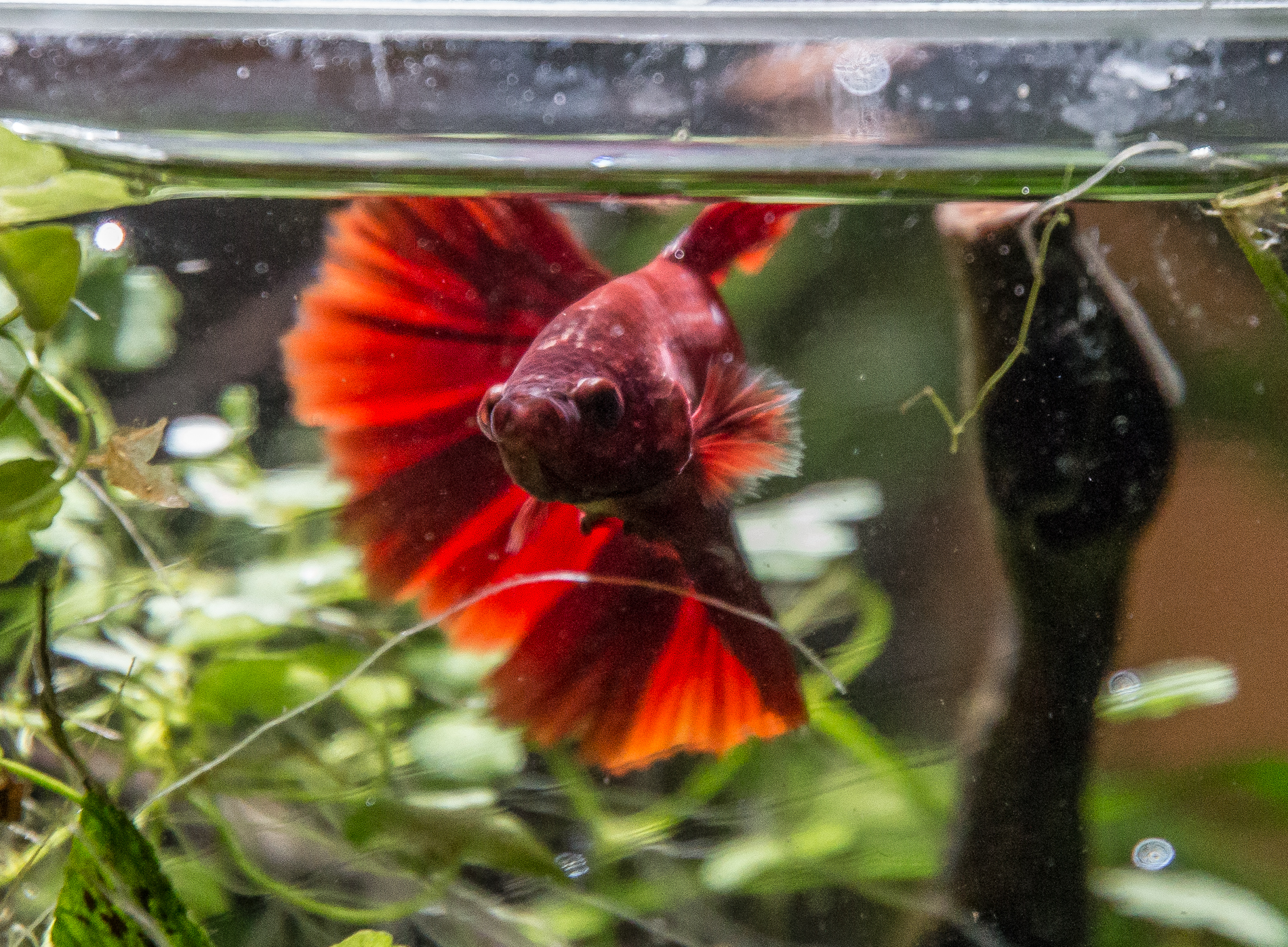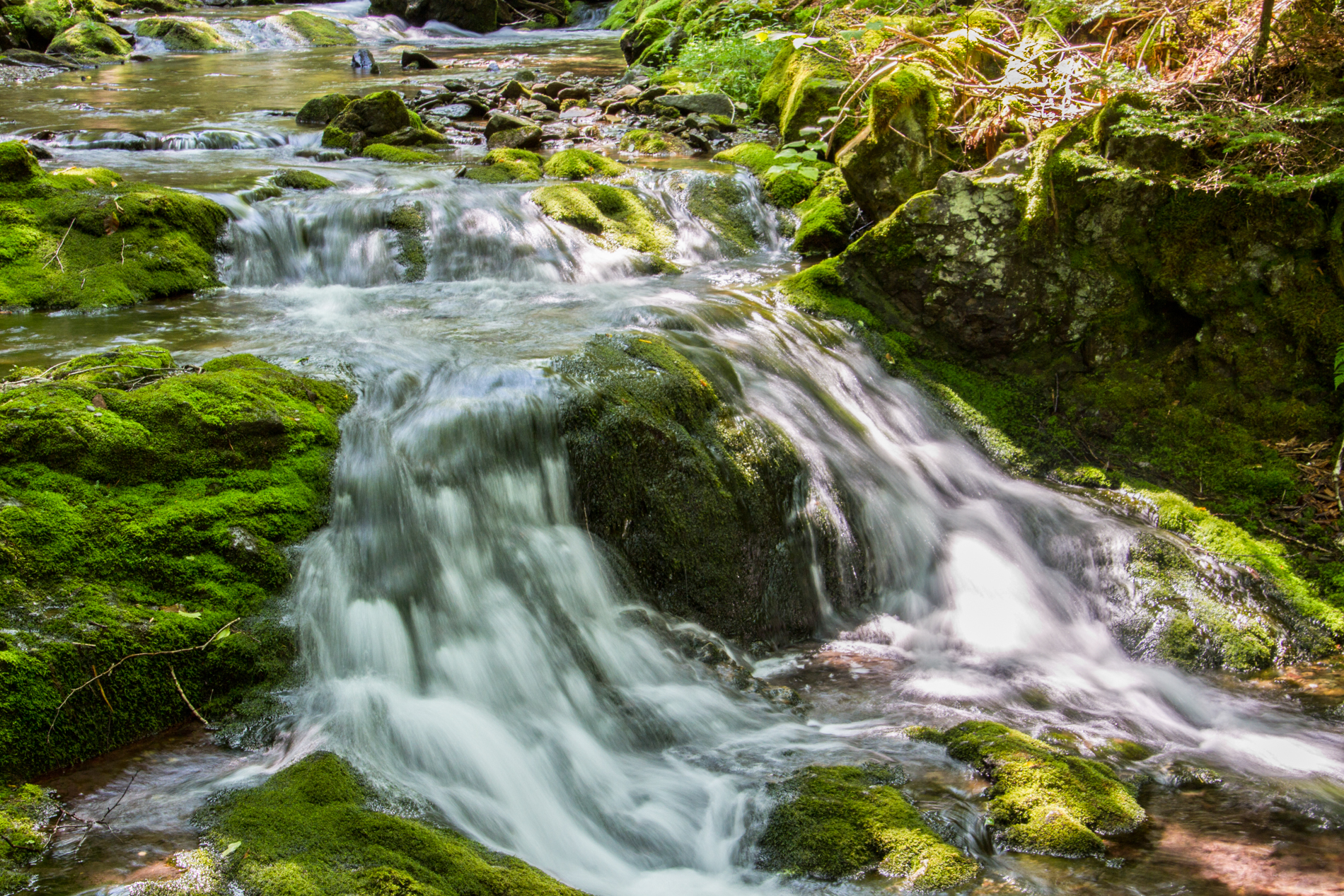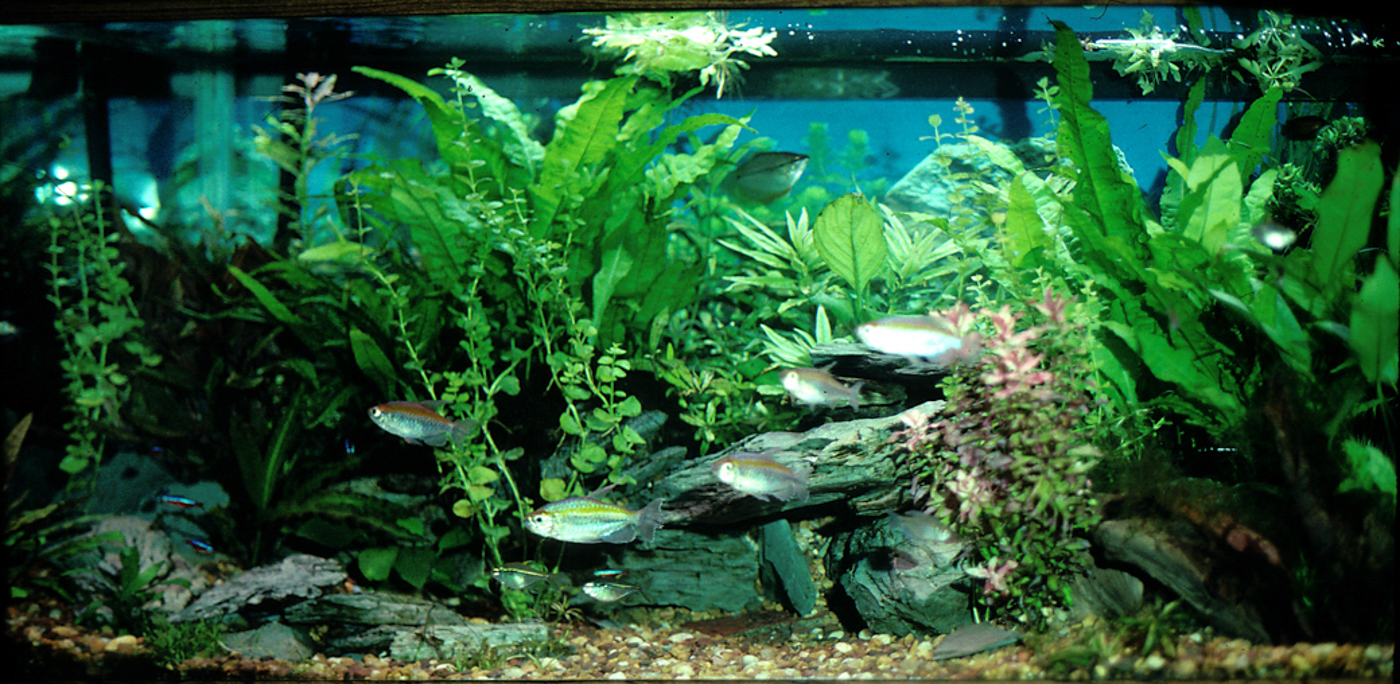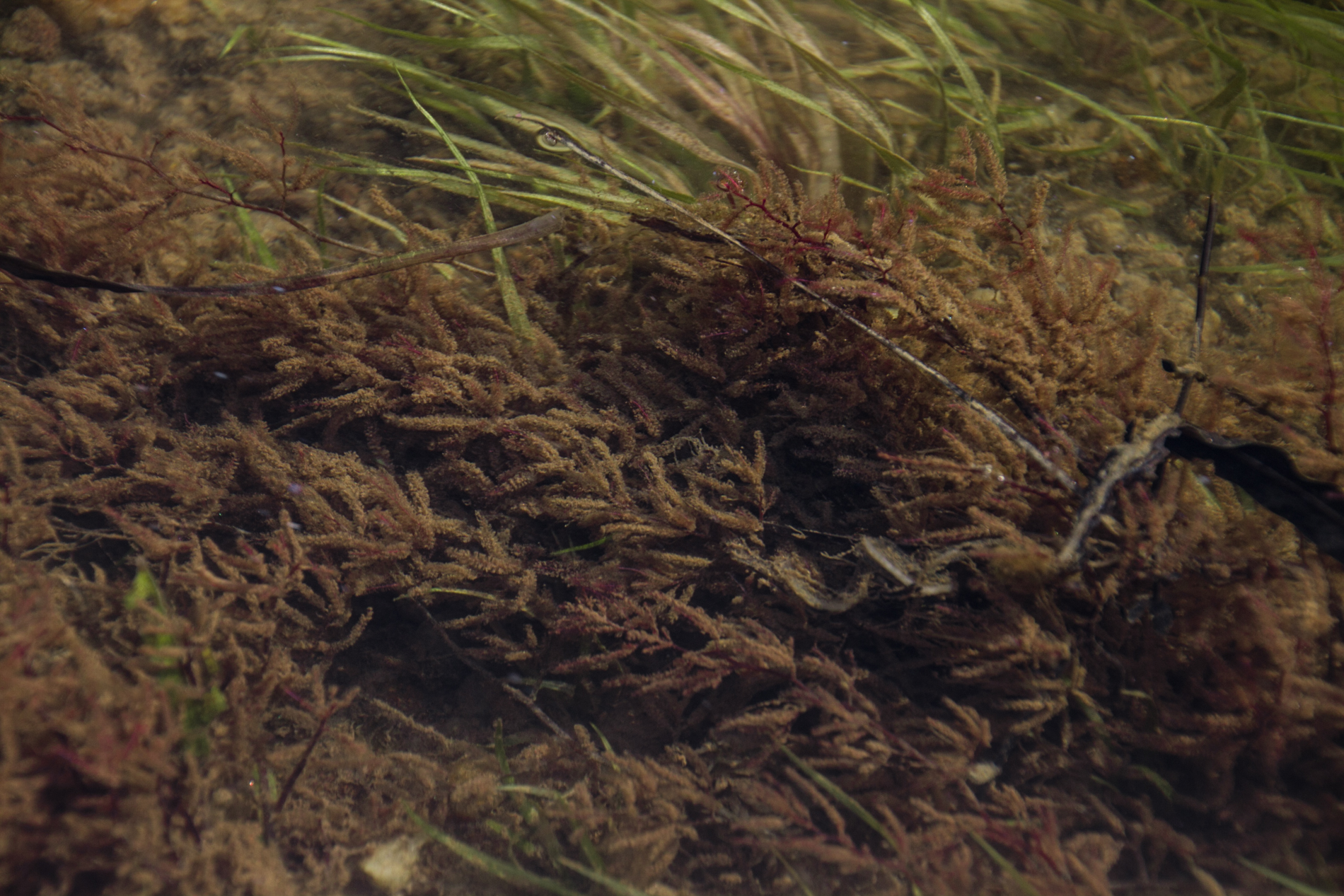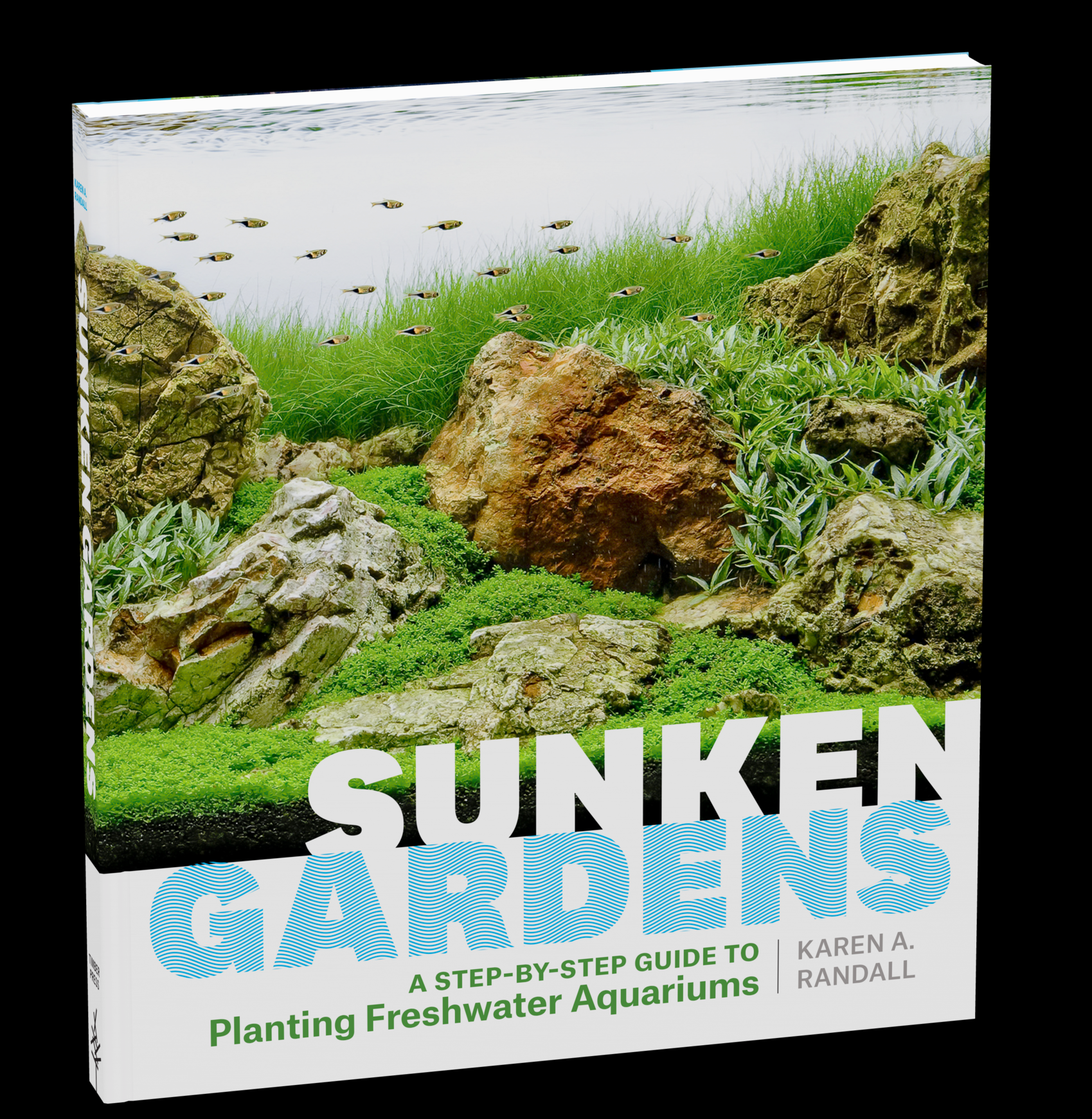Many of the most beautiful mosses and “moss scapes” in nature are in temperate areas, with short summers and cool temperatures. These were taken on the Bay of Fundy in Canada. Alas, these mosses, even those found in the water, rarely survive or look good for long in the aquarium.
Almost no aquarium plants (in fact, none other than some mosses that I can think of) are truly epiphytic. Epiphytes grow on (usually live) trees or larger plants. They take in nutrients directly from the air or from rainwater that falls/drips on them. (which makes them different from parasitic plants like mistletoe)
The plants we use in the aquarium grow almost exclusively on rocks or in heavy gravel in the wild, even though they oblige us by growing happily on wood in the aquarium. While many do not tolerate even SLIGHTLY anaerobic conditions around their roots, they do feed through their roots as well as their leaves, just like all other aquarium plants. There is a range among these plants too. While Java ferns are never happy with their roots in a soil substrate, in the "old days" when people commonly used heavy river gravel as the substrate in their aquariums, Java fern tolerated being "planted" in that, especially in tanks with undergravel filters, because they moved water through the substrate. (again, largely a thing of the past) With modern substrates, Java fern really needs to be attached to something above the substrate.
Anubias and Bucephalandra are different. While it is important not to bury the rhizome on these plants, they DEFINITELY can, and do feed happily via the roots, and the roots will find their way into the substrate on their own given the chance. While it is usually easier to place Anubias appropriately if you attach it to rock or wood, it is also entirely possible to "plant" Anubias in the substrate as long as you are careful ONLY to put the roots in the substrate, and not the horizontal green rhizome. Buce is a little more complicated because the roots are relatively short on these small plants. So burying the roots without burying the rhizome can be tricky. So for most people, it makes sense to attach the plant to a small stone and place it on the substrate, then let the plant grow out where it wants. Both genera will, however, also grow completely happily attached to structure higher up in the aquarium, as long as adequate nutrient levels are kept in the tank.


